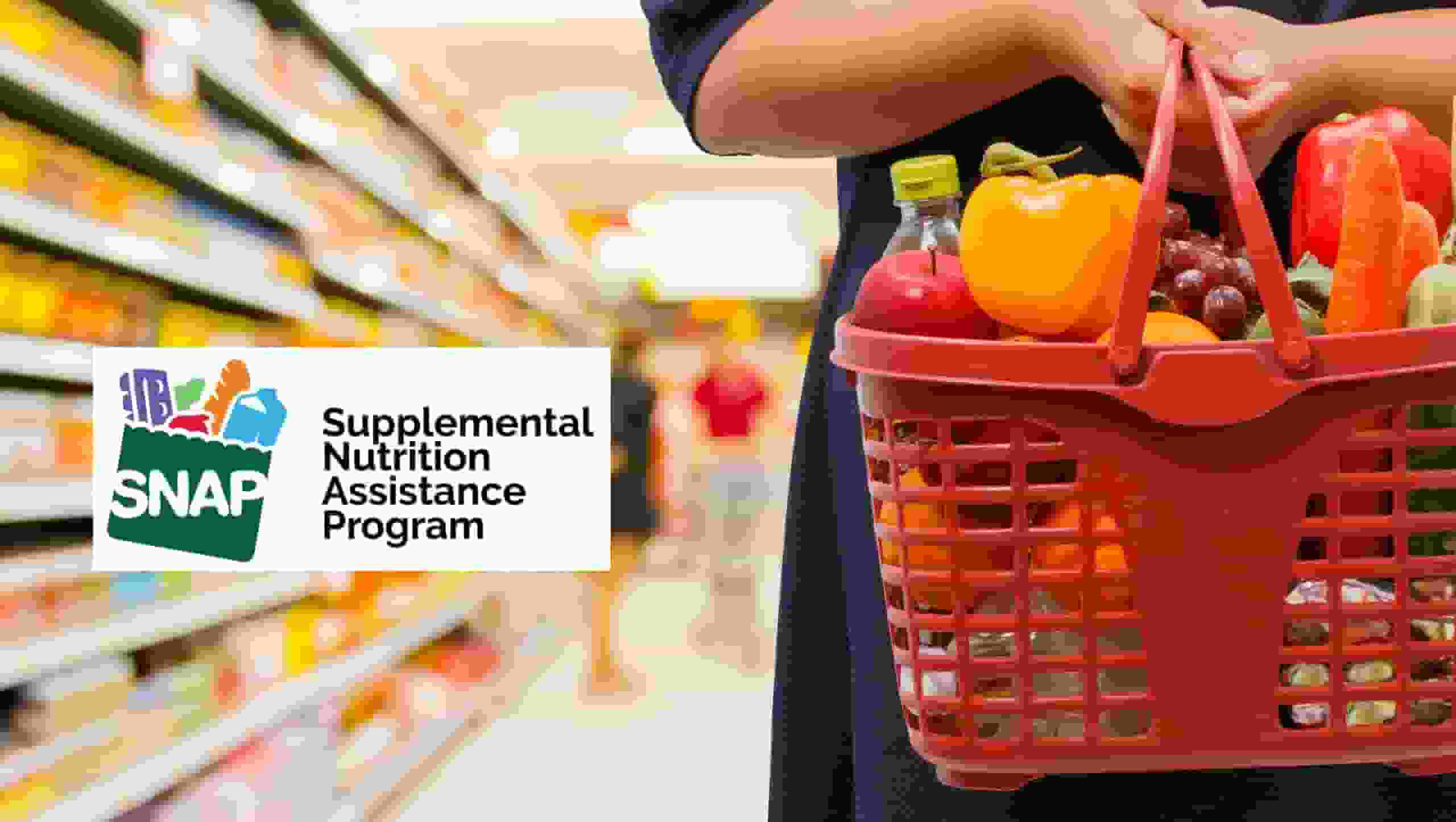
In order to provide SNAP benefits households with a short-term financial boost during the pandemic, emergency allotments were authorized.
State SNAP agencies have the power to give EA payments on a monthly basis to all SNAP households receiving less than the maximum benefit.
SNAP Benefits In February
States may decide to continue to offer monthly emergency allotments so long as there is a national public health emergency (PHE) declared and a state-level emergency declaration is in effect.
The emergency SNAP boost for February will be the last one approved during the COVID-19 pandemic. This indicates that SNAP recipients in the aforementioned states will see a reduction in their monthly payments of at least $95.
Planning budget grocery trips in advance will help you be ready for lower SNAP benefits by ensuring you don’t exhaust your SNAP benefits before the month is over. You may be eligible for additional benefits, such as the WIC Supplemental Nutrition Program, to lessen some of your monthly financial burdens.
The additional benefits, which Americans can use at the roughly 250,000 stores that accept them to buy food, have assisted millions of people in coping with the economic effects and high inflation rates of the pandemic.
Read more: Protect Medicare, Social Security as Republican senator warns Congress
Public Health Emergency

Food bank wait times grew during the early stages of the COVID-19 pandemic, and millions of people lost their jobs. A measure passed by Congress in response allowed the states, which oversee this federally funded program, to increase SNAP benefits during the public health emergency.
All SNAP-eligible families could receive the maximum benefit amount based on the size of their household under this temporary arrangement. Otherwise, only those with absolutely no income could access that maximum amount. But beginning in March 2023, SNAP benefits will once more be distributed universally according to income levels.
In the spring of 2021, some states started to eliminate the added benefits. In February 2023, however, 32 states and the District of Columbia were still providing additional assistance.
According to a study from the think tank Urban Institute, the additional benefits kept 4.2 million people out of poverty at the end of 2021 and reduced both child and overall poverty in states that were still providing the benefits by 14% and 9.6%, respectively.
The extra SNAP benefits have continued to assist low-income families cope with soaring prices that increased the cost of food consumed at home by 11.3% in the 12 months ending in January 2023, despite the unemployment rate recently falling to its lowest point since 1969.
Due to increased enrollment since the COVID-19 pandemic and the distribution of additional benefits, SNAP spending in the year that ended in September 2022 increased to a record $114 billion.
Read more: John Kerry: Fossil fuel companies are not interested in the transition to green energy

